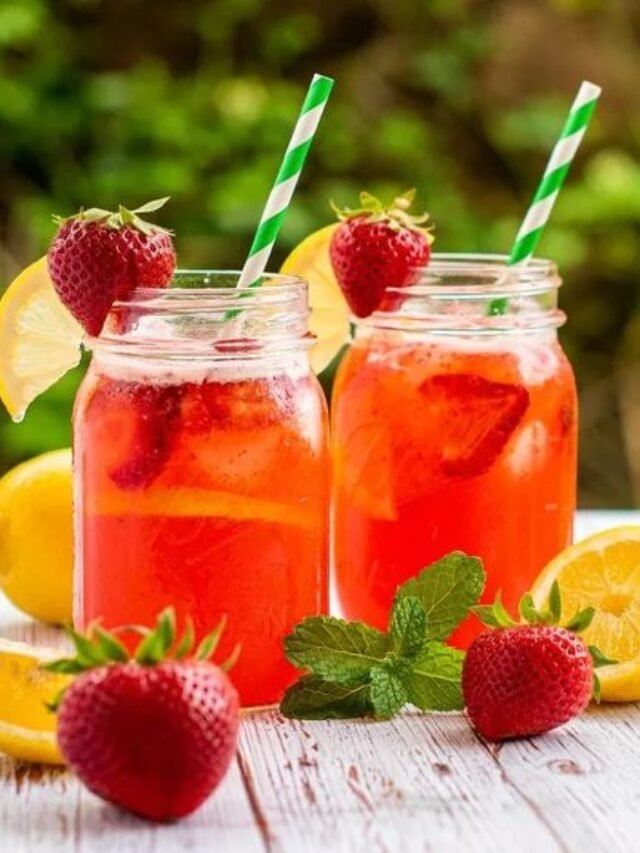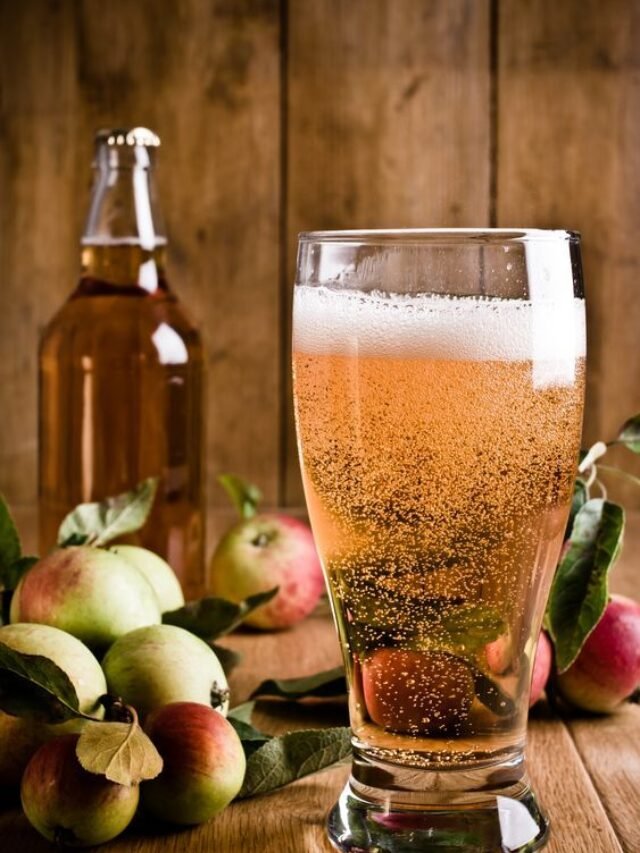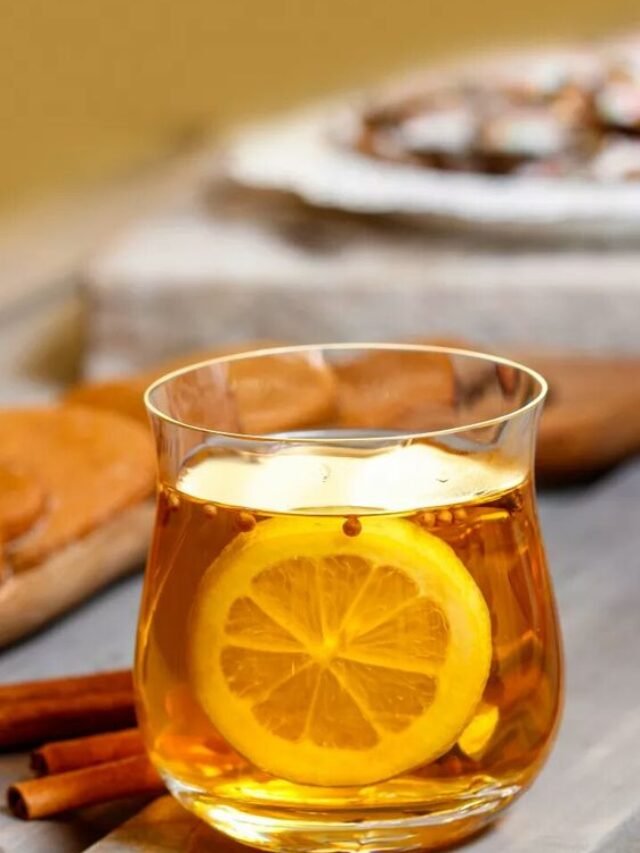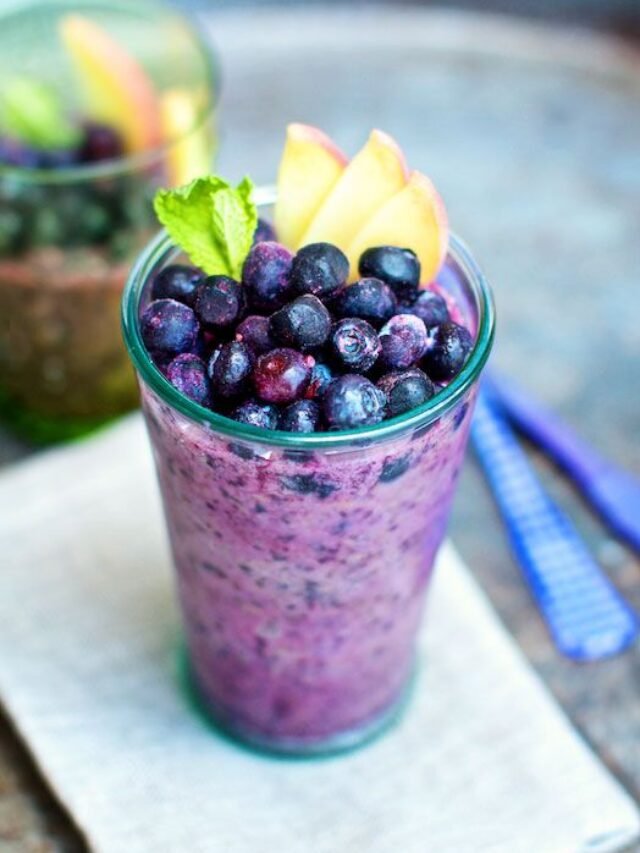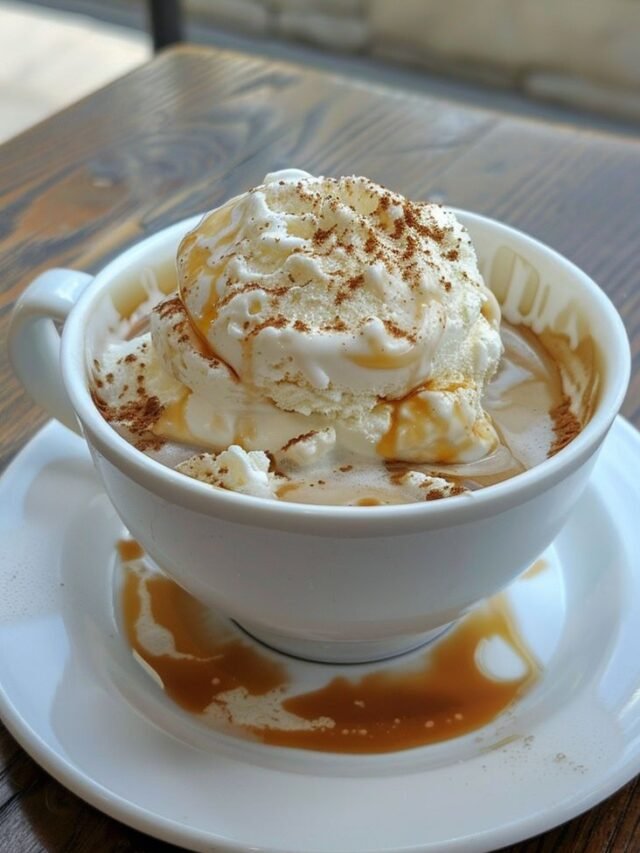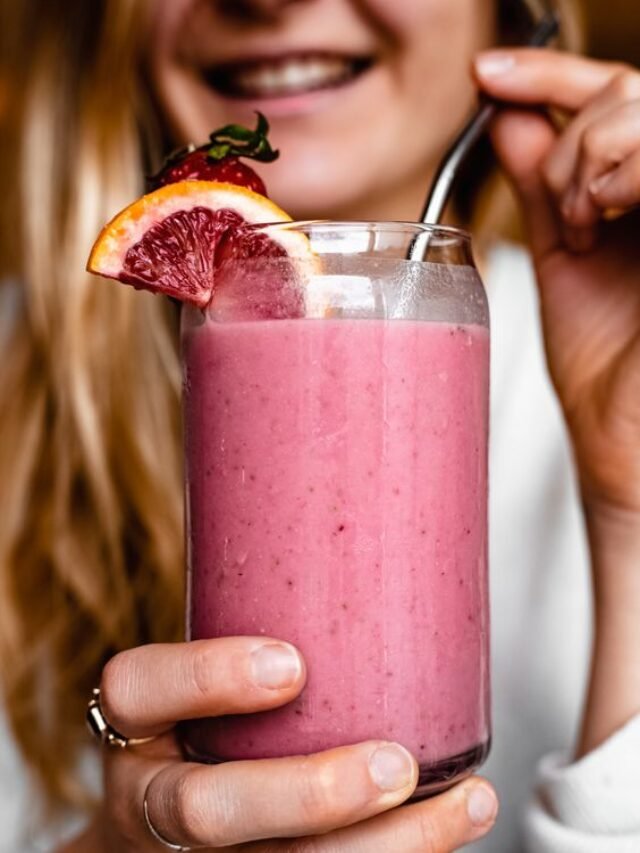Creating a ginger bug is a wonderful and simple process that has been used for centuries to naturally ferment beverages like ginger beer. It’s a living culture of beneficial bacteria and yeasts that can be used as a natural starter for homemade sodas and other fermented drinks.
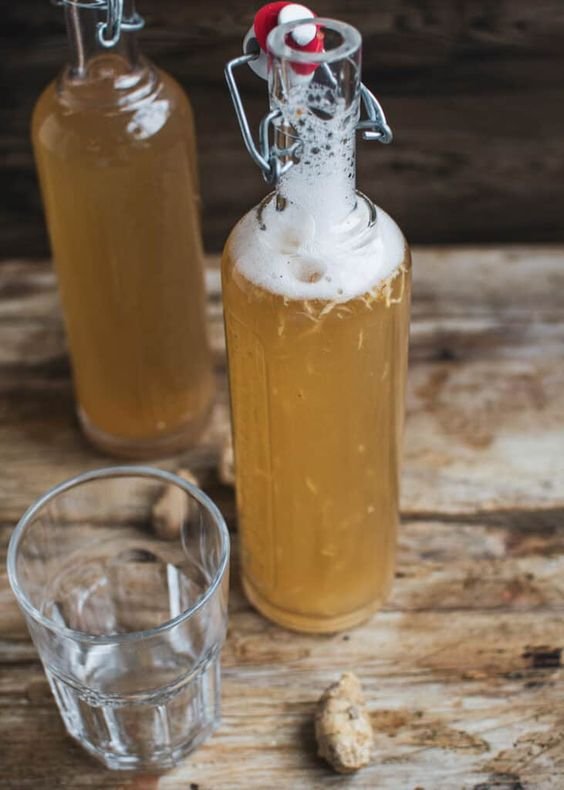
Making your own ginger bug at home is not only a fun DIY project but also a sustainable and cost-effective way to enjoy delicious, probiotic-rich beverages. In this guide, I’ll walk you through the step-by-step process of making a ginger bug from scratch.
- See More Recipe
- Vegan Vietnamese Broken Rice
- The Best Ever Vegan Fruit Cake
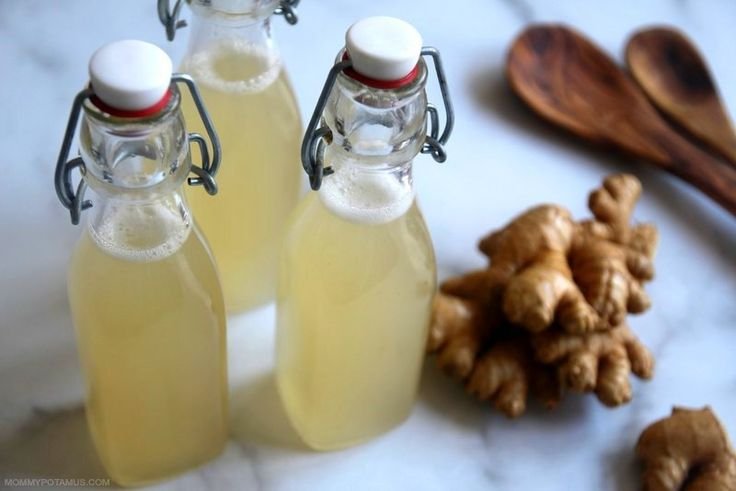
What is a Ginger Bug?
A ginger bug is a wild ferment made from ginger, sugar, and water. It’s essentially a starter culture containing beneficial bacteria and yeast that feed on the sugars in the mixture, producing carbon dioxide and lactic acid as byproducts.
This fermentation process gives ginger bug its fizziness and tangy flavor, making it an ideal base for homemade sodas.
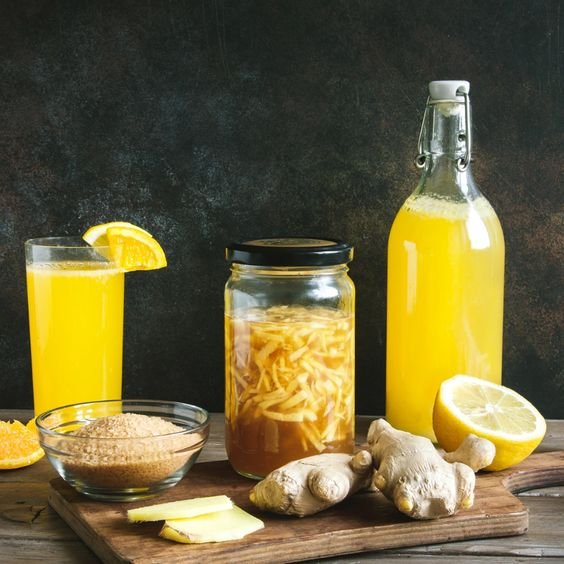
Ingredients:
To make a ginger bug, you’ll need:
- Fresh ginger root
- Sugar (preferably organic cane sugar)
- Filtered water
- A glass jar
- A clean cloth or paper towel
- Rubber band or string
How to make Ginger bug benefits Step-by-Step Instructions:
Prepare Your Jar: Start by thoroughly cleaning a glass jar with hot, soapy water. Rinse it well to ensure there’s no soap residue left behind.
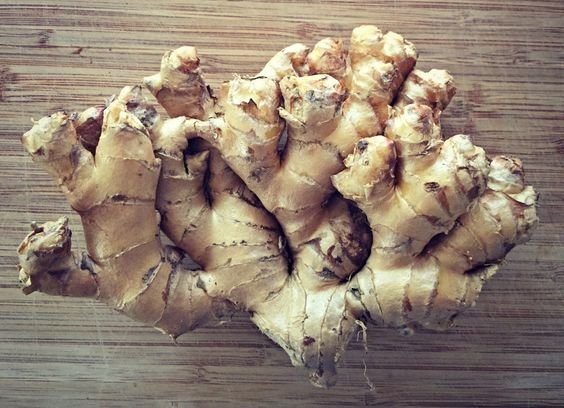
Grate the Ginger: Take a piece of fresh ginger root and grate it using a fine grater. You’ll need about 2 tablespoons of grated ginger for your ginger bug.
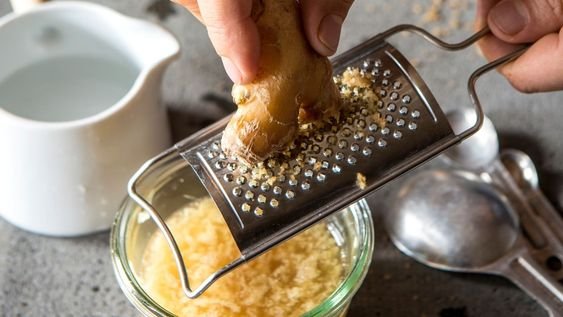
Mix Ginger, Sugar, and Water: Place the grated ginger in your clean jar and add 2 tablespoons of sugar. Pour in 2 cups of filtered water, making sure the water is at room temperature or slightly warm to help dissolve the sugar.
Stir Well: Stir the mixture vigorously with a clean spoon until the sugar is completely dissolved.
Cover and Secure: Cover the jar with a clean cloth or paper towel and secure it in place with a rubber band or string. This will allow air to flow in and out of the jar while keeping out any contaminants.
Feed Your Ginger Bug: Every day for the next 5-7 days, add 1 tablespoon of grated ginger and 1 tablespoon of sugar to the jar. Stir the mixture well after each addition.
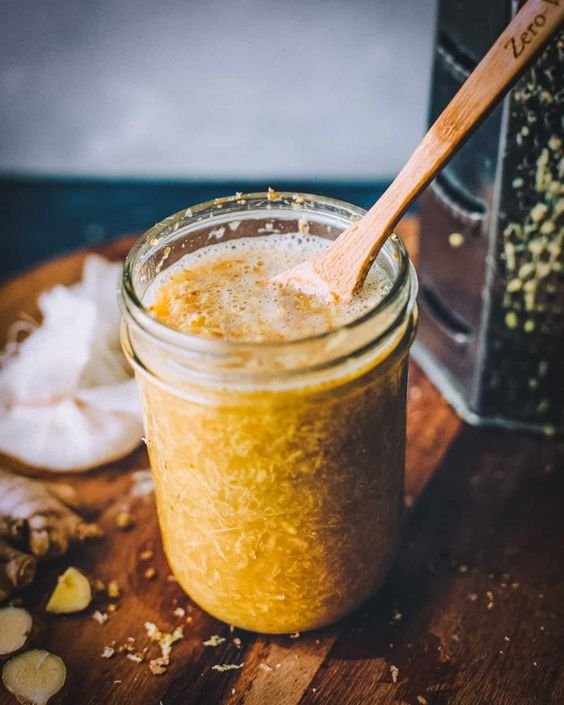
Observe and Stir: As your ginger bug ferments, you’ll start to see bubbles forming on the surface of the mixture. This is a sign that fermentation is taking place. Stir the mixture once or twice a day to distribute the ginger and sugar evenly and to release any built-up carbon dioxide.
Smell and Taste: After a few days, your ginger bug will develop a tangy aroma and slightly fizzy taste. You can taste a small amount of the liquid to see if it’s ready. It should be slightly sweet with a hint of acidity.
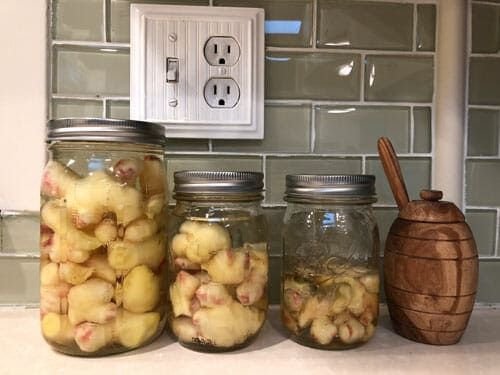
Use or Store: Once your ginger bug is bubbly and active, it’s ready to use as a starter culture for homemade sodas. You can also transfer it to a clean jar with a tight-fitting lid and store it in the refrigerator. Remember to feed your ginger bug regularly (about once a week) to keep it alive and active.
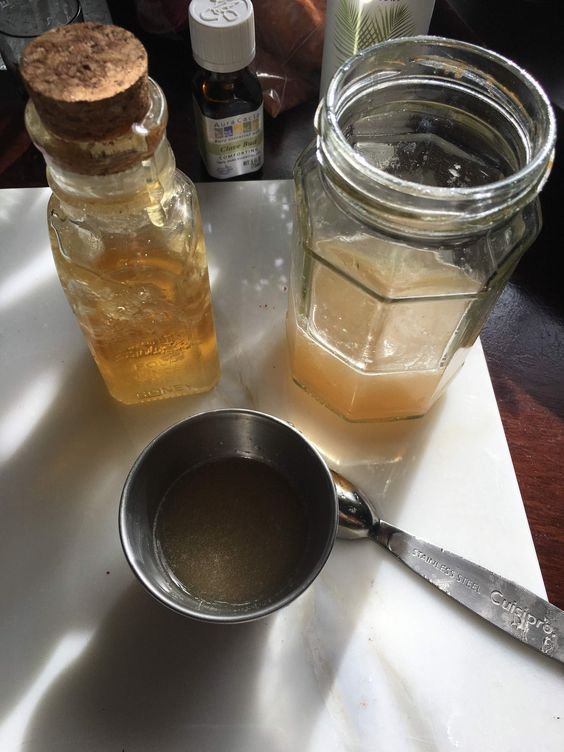
Tips and Troubleshooting:
- Use Organic Ingredients: Whenever possible, use organic ginger, sugar, and filtered water to avoid any unwanted additives or chemicals that could inhibit fermentation.
- Maintain a Warm Environment: Keep your ginger bug in a warm spot in your kitchen, away from direct sunlight. Warmer temperatures encourage fermentation and help your ginger bug thrive.
- Be Patient: Fermentation takes time, so be patient and allow your ginger bug to develop fully before using it. It may take longer in cooler temperatures.
- Watch for Mold: If you notice any signs of mold (such as fuzzy patches or unusual colors) forming on the surface of your ginger bug, discard it and start over. Mold can ruin your batch and pose health risks.
- Experiment with Flavors: Once you’ve mastered the basic ginger bug recipe, feel free to experiment with different flavorings and additions, such as citrus zest, herbs, or spices, to create unique homemade sodas.
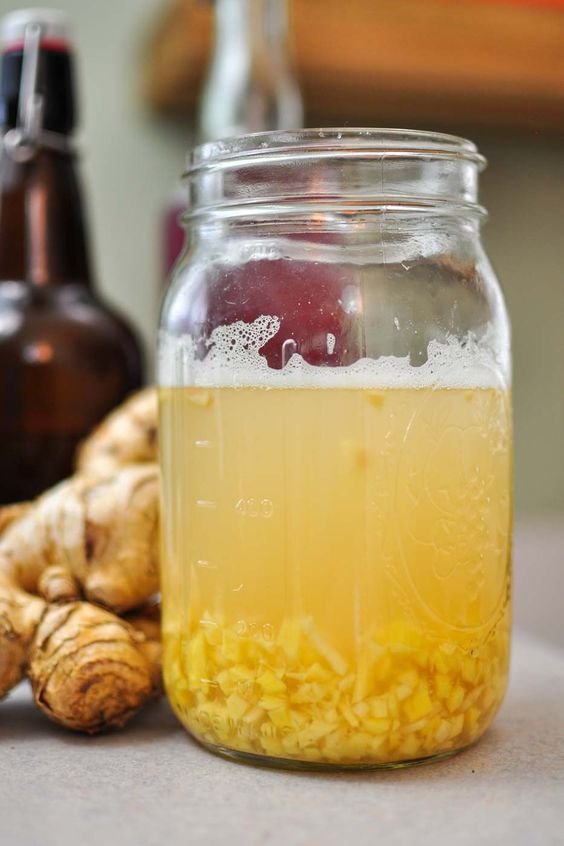
What is ginger bug used for?
Ginger bug serves as a natural starter culture for fermenting homemade sodas and other probiotic-rich beverages.
Its lively mix of beneficial bacteria and yeast transforms simple ingredients into fizzy, tangy delights.
With ginger bug, you can craft a variety of flavorful concoctions, including ginger beer, root beer, and fruit sodas, all without the need for artificial additives or preservatives.
Beyond its culinary applications, ginger bug offers health benefits as a source of probiotics, aiding digestion and supporting gut health.
Its versatility and simplicity make it a valuable addition to any home kitchen, elevating both taste and wellness.
Is a ginger bug alcoholic?
A ginger bug typically contains trace amounts of alcohol, but it is generally considered non-alcoholic.
The fermentation process of ginger bug involves the conversion of sugars into carbon dioxide, lactic acid, and ethanol by beneficial bacteria and yeast.
While some alcohol may be produced during fermentation, the levels are usually very low, often less than 0.5% alcohol by volume (ABV).
This makes ginger bug suitable for all ages, including children and those who abstain from alcohol.
However, individuals who are sensitive to alcohol or strictly avoiding it should consume ginger bug in moderation.
How do you store ginger bug?
To store ginger bug, transfer it to a clean glass jar with a tight-fitting lid. Before sealing, ensure that the ginger bug has enough room to release any built-up carbon dioxide.
Store the jar in the refrigerator to slow down fermentation and maintain the culture’s viability.
Regularly feeding the ginger bug with fresh ginger and sugar will keep it alive and active.
Remember to burp the jar periodically to release any excess pressure. Stored properly, ginger bug can remain viable in the refrigerator for several weeks, ready to be used as a starter culture whenever you’re ready to make homemade sodas or fermented beverages.
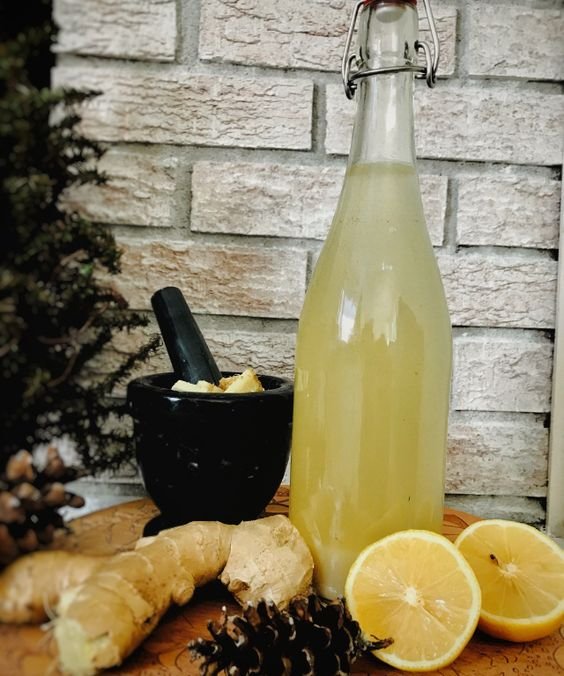
Frequently Ask Question
Is ginger a fruit True or false?
False. Ginger is not a fruit; it is a flowering plant whose rhizome, or underground stem, is commonly used as a spice and flavoring agent in cooking and beverages. It belongs to the Zingiberaceae family and is prized for its aromatic and medicinal properties.
Why is ginger beer so expensive?
Ginger beer can be more expensive due to factors like quality ingredients, production methods, and packaging. Craft ginger beers often use premium ginger and natural flavorings, while artisanal brewing processes and small-batch production contribute to higher costs. Additionally, specialized packaging and distribution channels can also drive up prices.
Can I drink ginger bug?
Yes, you can drink ginger bug, but it’s typically used as a starter culture for fermenting homemade sodas and other beverages rather than consumed directly. It contains beneficial bacteria and yeasts, making it probiotic-rich, but its taste may be tangy and slightly fizzy due to fermentation.
How do I know my ginger bug is ready?
You can tell your ginger bug is ready when it becomes bubbly and fizzy, indicating active fermentation. It will have a tangy aroma and slightly acidic taste. Additionally, the mixture may show signs of expansion and bubbles forming on the surface, signaling that the beneficial bacteria and yeast are thriving.
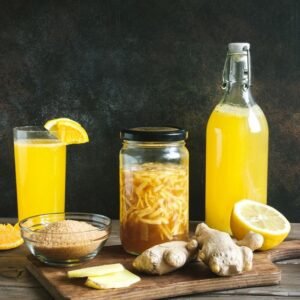
Ginger bug benefits
Ingredients
- 2 tablespoons Fresh ginger root
- 2 tablespoons Sugar
- 2 cups Filtered water
Instructions
- Prepare Your Jar: Start by thoroughly cleaning a glass jar with hot, soapy water. Rinse it well to ensure there's no soap residue left behind.
- Grate the Ginger: Take a piece of fresh ginger root and grate it using a fine grater. You'll need about 2 tablespoons of grated ginger for your ginger bug.
- Mix Ginger, Sugar, and Water: Place the grated ginger in your clean jar and add 2 tablespoons of sugar. Pour in 2 cups of filtered water, making sure the water is at room temperature or slightly warm to help dissolve the sugar.
- Stir Well: Stir the mixture vigorously with a clean spoon until the sugar is completely dissolved.
- Cover and Secure: Cover the jar with a clean cloth or paper towel and secure it in place with a rubber band or string. This will allow air to flow in and out of the jar while keeping out any contaminants.
- Feed Your Ginger Bug: Every day for the next 5-7 days, add 1 tablespoon of grated ginger and 1 tablespoon of sugar to the jar. Stir the mixture well after each addition.
- Observe and Stir: As your ginger bug ferments, you'll start to see bubbles forming on the surface of the mixture. This is a sign that fermentation is taking place. Stir the mixture once or twice a day to distribute the ginger and sugar evenly and to release any built-up carbon dioxide.
- Smell and Taste: After a few days, your ginger bug will develop a tangy aroma and slightly fizzy taste. You can taste a small amount of the liquid to see if it's ready. It should be slightly sweet with a hint of acidity.
- Use or Store: Once your ginger bug is bubbly and active, it's ready to use as a starter culture for homemade sodas. You can also transfer it to a clean jar with a tight-fitting lid and store it in the refrigerator. Remember to feed your ginger bug regularly (about once a week) to keep it alive and active.
Video
In conclusion, crafting your own ginger bug is a delightful journey into the world of natural fermentation. With simple ingredients and a bit of attention, you can create a living culture bursting with probiotic goodness. This versatile starter opens doors to a myriad of homemade sodas and fermented beverages, offering a healthier alternative to store-bought options. Experimentation is encouraged, allowing for personalization with various flavorings and additions. Embrace the process, savor the tangy results, and relish in the satisfaction of creating a homemade staple that not only tantalizes the taste buds but also nourishes the body with beneficial microbes. Cheers to the joy of homemade fermentation!
